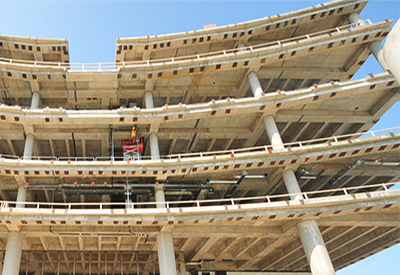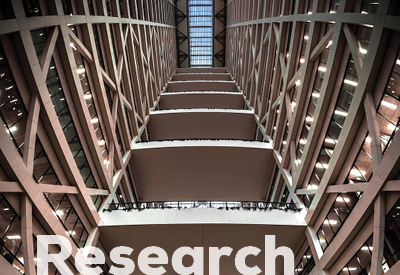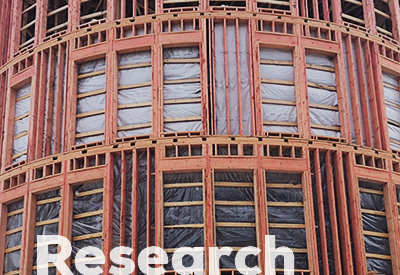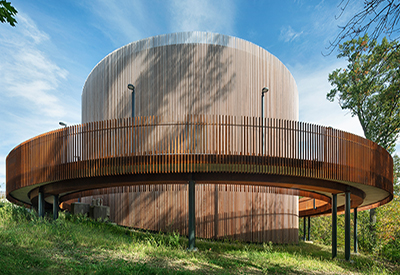A COLLABORATIVE RESEARCH CASE STUDY
Embodied Energy Analysis in Early Design. As buildings grow more efficient in terms of operating carbon emissions, the need for embodied carbon reductions becomes more apparent. Predicting embodied carbon effects during the early design phases is difficult because current analysis tools and workflows are based on connecting BIM-based material quantity takeoffs to Life-cycle assessment (LCA) databases. The process will only quantify what was modeled, leading to a challenge when analyzing and interpreting results from these intentionally less detailed schematic design models.
In this collaborative case study of structural and architectural design, MBJ and MSR Design have both been working on integrating embodied energy analysis into our individual design processes. We collectively understand the importance of architectural + structural collaboration to impact the embodied energy in our projects. We also collectively have had success adopting Tally as a tool within Revit to quantify embodied energy levels at the end of a project but have lacked traction on integrating analysis towards the beginning of the design process where it is more impactful. Our engineers have been working to develop an analysis methodology to address this gap in our workflow.
The study is based on established practices such as energy shoebox modeling and LEED baseline analysis. The research was developed using a completed small-scale library project as a case study. The objective is to establish a hybrid approach for assessing and predicting embodied carbon in order to aid in responsive decision making during early design development.























